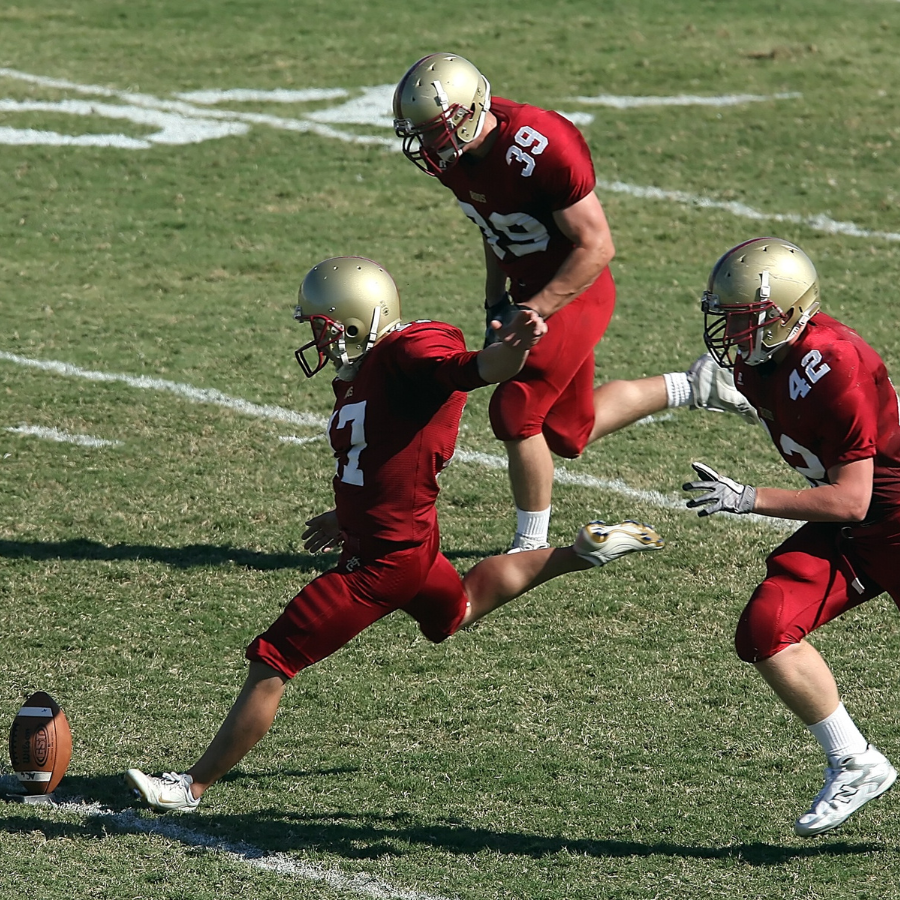-

Mundial de Clubes Fifa ao vivo grátis
Assista Mundial de Clubes Fifa ao vivo grátis e sem interrupções, torça pelo seu time…
-

Assista ao UFC 315 ao vivo grátis
Com os aplicativos certos, assista ao UFC 315 ao vivo grátis e acompanhe as lutas…
-

Assista WWE com câmeras exclusivas grátis
Conheça os melhores aplicativos de streaming e assista WWE com câmeras exclusivas grátis, tenha acesso…
-

Transmissão ao vivo da WWE de graça
Usando os melhores aplicativos abaixo, assista a transmissão ao vivo da WWE de graça e…
-

Assista NHL ao vivo de graça
Use os melhores aplicativos de streaming e assista NHL ao vivo de graça com todos os jogos disponíveis e replay…
-

Transmissão ao vivo de beisebol grátis
Assista agora mesmo a transmissão ao vivo de beisebol grátis pelo seu celular e acompanhe a liga MLB ao vivo…
-

Aplicativo para assistir Beisebol pelo celular
Venha assistir beisebol grátis usando seu celular, agora com aplicativos específicos você acompanha a liga MLB de qualquer lugar. Estes…
-

Assista Agora l Live Game and Highlights
Saiba como assistir a NFL ao vivo com o melhor app, e tenha a melhor experiência de jogo. Experimente a…
-

NFL Online: A Melhor Opção
Live and highlights! Explore as melhores opções para assistir NFL online e torça pelo seu time em qualquer lugar. Somente…
-

Plataformas Para Assistir NFL: Avaliações
Veja avaliações das principais plataformas para assistir a NFL e escolha a melhor para você. Saiba mais em nosso post!…












